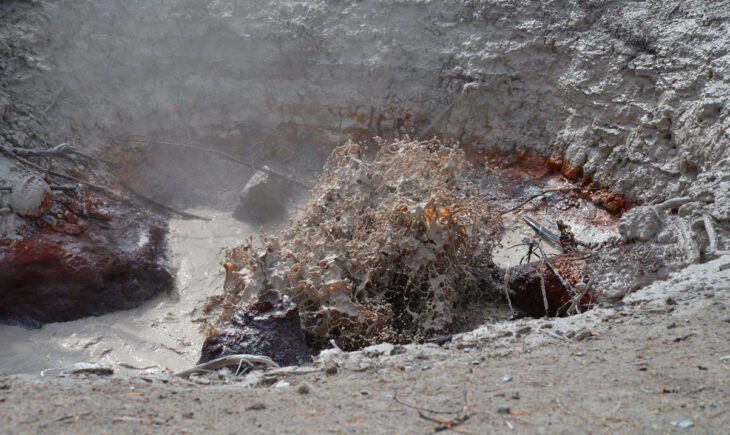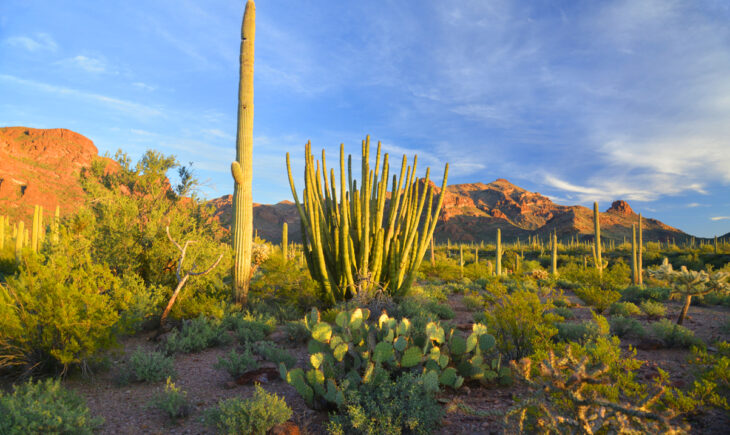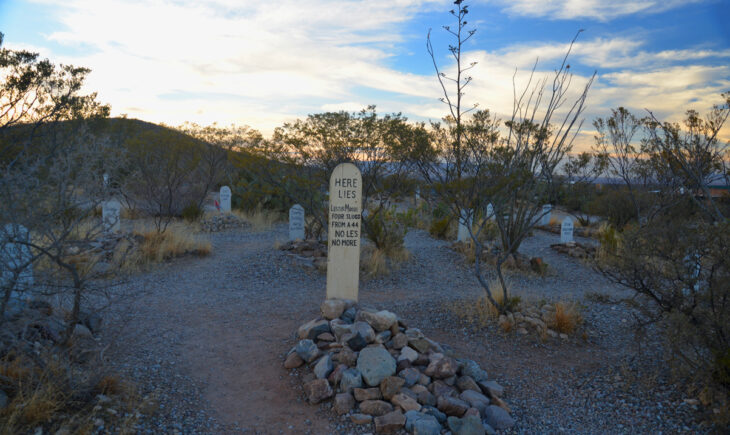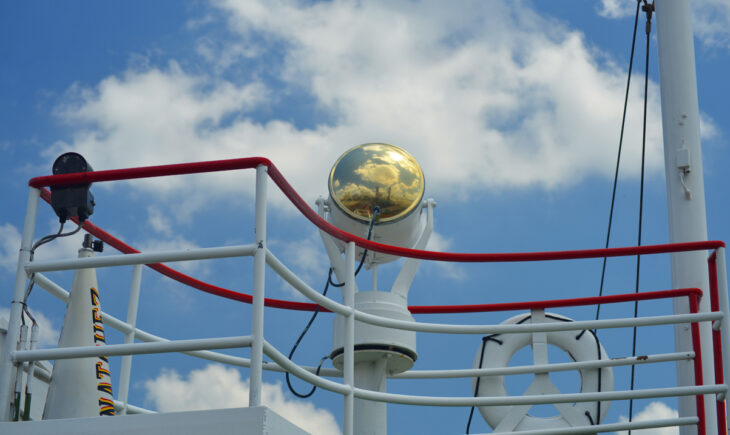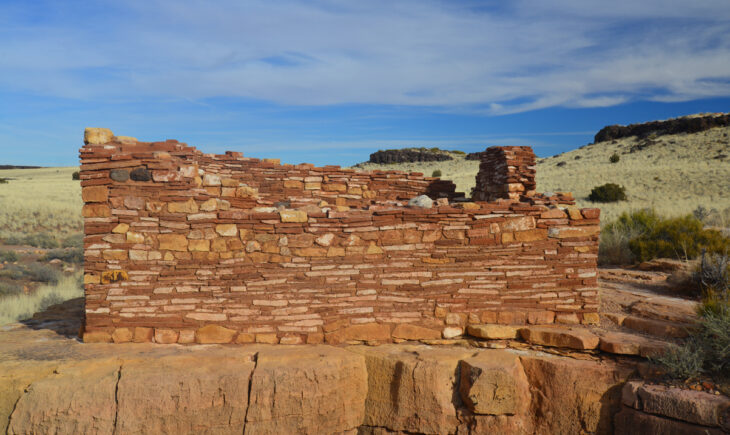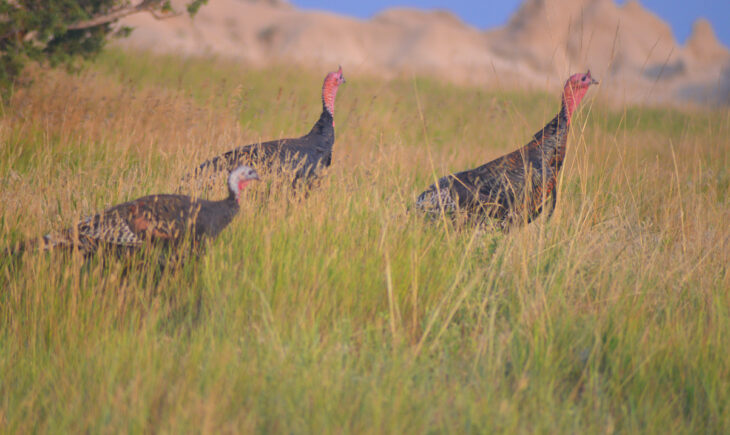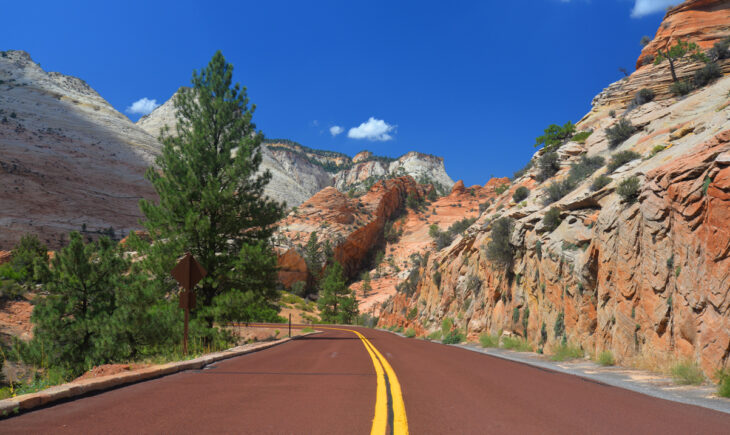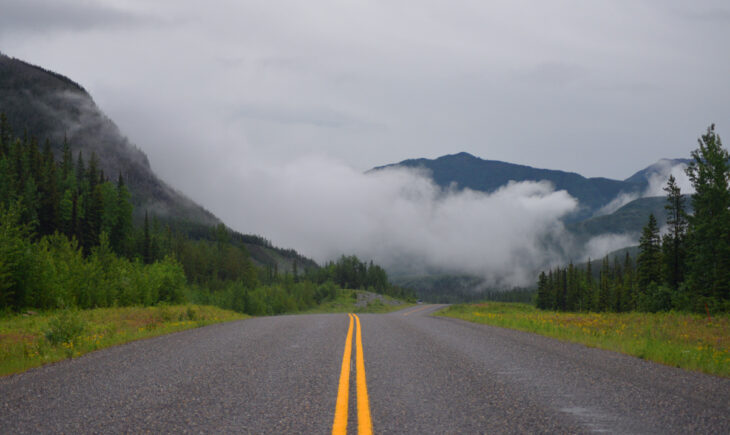Antlers are found only on the males and are unique to cervids, the family of hoofed ruminant mammals including animals such as moose, elk, and deer, with the exception of caribou and reindeer in which both males and females sport them. Antlers are used for several purposes, including as weapons in sparring, as tools in foraging for food under snow cover, and as a deterrent to predation from wolves. Unlike horns found on other mammals, antlers are shed every year in the spring and regrown. The final hardened mature antler is composed simply of a dead bone structure extending from the skull of the animal. But before it reaches this point, it has to first be regrown every year after the previous year’s antlers have fallen off. This regrowth of antlers requires significant nutritional intake, and the health of the antlers are an honest signal indicator of the animal’s metabolic efficiency and food gathering capability. As with bones in other species, antler bones also need significant blood flow for the delivery of this nutrition for growth and repair. This is the purpose of the velvet found over the antlers every year in the spring and early summer. It is the skin containing a complex vascular system allowing the antler bone to grow faster than any other bone in the animal kingdom. Once the bone is fully grown, the velvet falls off, often through the help of the animal rubbing against tree branches, and the bone becomes deadened, hardened, and bleached to the final mature antlers. In this image, The Wild Images Team captured a large elk bull as it struts past through the alpine grasslands of Jasper National Park in Alberta, Canada. Notice that it is in the process of eating to keep up its nutritional intake for the antler growth. The Wild Images Team has captured many photos during our journey up to Alaska through western and northern Canada including colorful canoes standing at the edge of Moraine Lake in Banff National Park, a moment of isolation as a canoe crosses Moraine Lake in Banff National Park, the scene when a grizzly mother is grazing with two cubs, a practically newborn grizzly cub is shorter than the grass, near the Rancheria River where a massive blonde grizzly steps out of the brush, where the remote Liard River wanders through woods and mountains, an action shot when two bison calves are learning to spar, and another action shot as a large bull moose runs through the woods, each of which are available for sale in our store. Blog posts from our journey through Canada document the dark background storm clouds while the grain silos shine in the sunlight of Saskatchewan, the sheer terrain of Cascade Mountain towering over the Bow River valley, the velvet covered antlers of an elk as it passes by in Jasper National Park, the welcome sign declaring you are now entering the world famous Alaska Highway, the very iconic mile 0 signpost found at the start of the Alaska Highway, the desolate road of the Alaska Highway drops down into clouds of the Yukon Territory, the very remote road of the Alaska Highway rounds a mountain within clouds of the Yukon Territory, as the Alaska Highway heads straight towards a giant peak along Kluane Lake, the tall snow-capped peaks along the Alaska Highway west of Whitehorse, the shore lining patterned designs of mudflats from the missing A’ay Chu, as The Wild Images Team Photographer Jeremy Robinson hides in the Signpost Forest, and as The Wild Images Team Coordinator Christina hides in the Signpost Forest. The Wild Images Team has also captured many other images while in Alaska including the terminal moraines of a glacier winding down from the Chugach Mountains, the many splendid colors of the Sheep Mountain chromatic peaks in the Talkeetna Range, as a seal watches over the thick floating ice in Kenai Fjords National Park, as very fast moving seals cut tracks through the ice, as an entertaining seal strikes a pose on Northwestern Lagoon ice, the many miles of Northwestern Glacier reflecting over the turquoise waters, the awe inspiring rumble when a glacier calves of the cliffs in Kenai Fjords National Park, the moment when clouds crown a peak in Kenai Fjords National Park, the long summer days when fireweed enjoys the land of the midnight sun, and as a very playful Dall’s porpoise breaches the ocean surface in Aialik Bay, each of which are available for sale in our store. Blog posts from Alaska document the moment we realized that no bananas on a boat is a very serious rule, as our kayak carrying water taxi Michael A launches from Miller’s Landing, the chaotic scene during a feeding frenzy floating island of seagulls, the majestic bald eagle scanning the coastline from a tree, the expansive view of a colorfully banded rock island reflection, the chaotic jumble of very noticeable blue ice of Northwest Glacier, the reflective view over briefly calm waters of the far northern Pacific Ocean under the Harding Icefield, when The Wild Images Team was photographed at the mouth of a glacier draining tunnel, the intimidating view from the snout of a very large and very steep glacier, and when our Coordinator Christina Orban keeps tradition by kissing the snout of this glacier.
To see more photos, please visit our store


